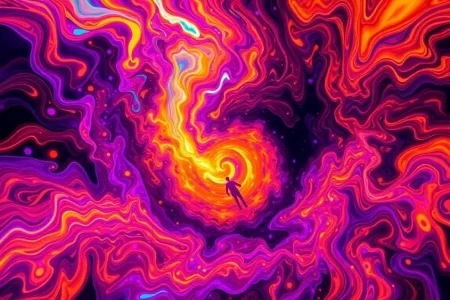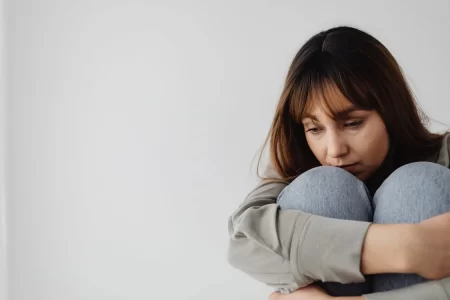What is Winter Depression?
- Updated on: Jul 29, 2024
- 3 min Read
- Published on Apr 5, 2019

What is seasonal depression or winter depression?
When a person suffers from depression, stress or anxiety due to seasonal variations, he or she might be diagnosed with seasonal affective disorder (SAD). It was estimated that about 7% of U.S. citizens suffer from seasonal depression annually and most of them are found to be between in the age group of 20-30 years. Scientists have given a theory that the farther you are from the equator, the greater is the risk of SAD. Seasonal depression can be categorized into both – winter and summer depression, although summer depression is rarely observed.
Is winter depression of serious concern?
Although the actual cause is still unknown but winter depression or winter blues is mainly a result of reduced level of sunlight during winter months which leads to fall of an individual’s serotonin level. Serotonin is a neurotransmitter that affects mood. Researchers have disclosed that during winters, an elevated level of serotonin transporter protein is responsible for removing serotonin which somehow increases the severity of the condition.
Another study says that melatonin is produced in dark and affects mood and sleep patterns of a person. It is a neurological procedure that the production of this hormone increases when the days are shorter and darker. Scientists say that melatonin has the potential to affect a person’s “biological clock” or “master clock” of the body and results in formation of ‘internal clocks’ which are not synchronized with the usual sleep/wake rhythms (external clocks). Melatonin is a sleep-related hormone secreted by the pineal gland in the brain. Due to winter darkness, excess melatonin production results in symptoms of winter depression.
Winter depression is not a serious condition but it should be cured efficiently so that it might not trigger severe depression. It is seen that people who suffer from seasonal affective disorder appear like they have adopted hibernation. A patient said that when she suffered from winter depression she started skipping her classes and spent lot of time in bed which affected her daily life. She explained that she felt restless, hopeless and bored and was completely unmotivated to do anything to change her situation. All such feelings have a great impact on the social life of a patient resulting in broken relationships with the world.
Another patient described his experience as “troubling”. He told that after the diagnosis, he also discovered that he suffered from a deficiency of vitamin D. He lost interest in usual activities, did not take part in any social activities, felt fatigued and lack of energy, had a “leaden” sensation in the limbs, craving for carbohydrates, led to weight gain, etc.
Treatment: Can winter depression be taken care off?
Winter fatigue might not be counted as a major depression issue but it can be related to degrading health-related quality of life. Many patients have supported the fact that reaching out to friends and family for support, consumption of healthy nutritious food, involving in outdoor activities, etc keeps the person a little more energetic and also diverts him from getting any mental illness.
Researchers have evidences which prove that cognitive behavioral therapy (CBT) is very effective in patients who have SAD. This is a type of talk therapy which involves identifying and replacing depressing thoughts with positive ones. CBT is a growing option these days to reduce anxiety but, still, this therapy is under research. Antidepressant medications are also preferred for severe cases of depression and are very convenient.
Scientists believe that phototherapy or bright light therapy is another beneficial method to reduce seasonal depression. With the help of this therapy, the brain’s secretion of melatonin is suppressed. About 85% of the diagnosed cases can be easily treated with photo or light therapy. During this therapy, patients are provided with up to ten times higher intensity light than normal domestic lighting to up to four hours a day. The device used for light therapy contains white fluorescent light tubes which emit lights on a metal reflector and shield with a plastic screen to block ultraviolet rays.
Research says that winter depression is two times higher in women and younger persons and the prevalence of winter depression is about less than 10% per annum all over the world. Dr. Venkat Venkataraman from Rowan University School of Osteopathic Medicine stated that “SAD is often overlooked and dismissed even though it leads to significant loss in productivity, especially in younger adults where the disorder can set destructive behavioral patterns”.











